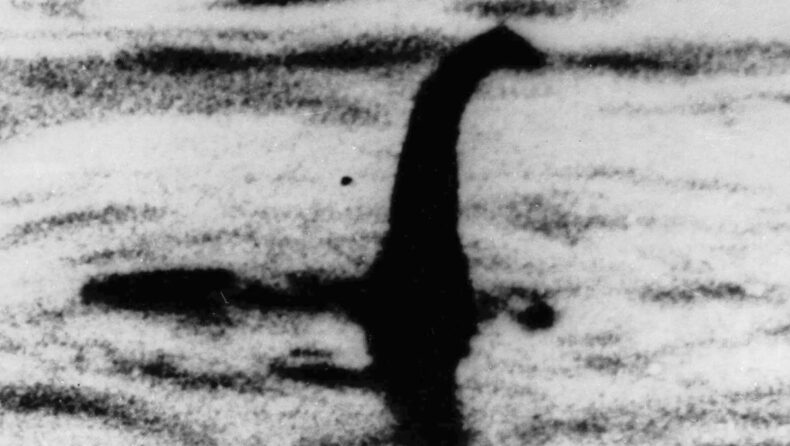This weekend in northern Scotland is going to be quite eventful as monster hunters are gathering for what is being called as the biggest search for the Loch Ness monster in 50 years.
Volunteers will keep an eye on the lake’s surface for “inexplicable” movements during the expedition. This expedition comes after several significant efforts to spot the creature and more than a thousand independent sightings.

The Loch Ness Monster: Timeline
The monster first appeared in the accounts of the biography of a Catholic missionary from Ireland, St.Columba, who traveled to Scotland. The British Library reports that the story claims St. Columba saw a guy who had been killed by a water beat. The monster then makes a comeback and attacks a different swimmer in the River Ness, which empties into Loch Ness. According to the biography, St. Columba made the sign of the cross, which made the beast swim away.
Six centuries later, a minor English Cleric, Walter of Bingham, drew a picture of the creature he saw as he was crossing the River Ness. The creature he spotted was a great beast with eyes that had fire sparkling from them. Though, the picture he drew looked like a bear.

The monster gained worldwide attention in 1993. One evening, Aldie Mackay, a manager of the Drumnadrochit Hotel burst into a bar to announce to the dumbfounded patrons that she had witnessed a “water beast” in Loch Ness. It was this sighting that started the contemporary myth-making about an elusive monster surviving in the depths of the Highland loch that was fiercely published in the Inverness Courier. Since then this mystery has become an inspiration for many books, TV Shows, and films, as well as helped in sustaining a major tourism industry.
The Hunt:
The hunt is organized by the newly revamped Loch Ness Centre in partnership with the voluntary research team Loch Ness Exploration. It will see participation from all across the world as volunteers gather to participate in person and online in what is called the largest surface watch. The volunteers will be instructed to be on the lookout for breaks in the water and any inexplicable movements over a two-day period.
The hunt will also witness the use of surveying equipment that has never been used on Loch Ness before, which includes drones to produce thermal images of the water from the air using infrared cameras. Hydrophone will also be used to detect acoustic signals beneath the surface.
The former Drumnadrochit hotel, where Aldie Mackay worked, is now home to the Loch Ness Centre.
Alan Mckenna, the Loch Ness Exploration, will brief volunteers live every morning from the Loch Ness Centre on what lookout for and give out instructions on how to record the findings. The loch could play tricks on people’s minds and eyes because of which he said, “Not every ripple or wave is a bestie”
The director of the Cobbs Group that owns the new Drumnadrochit hotel, Fraser Campbell said that the renewed interest in the legend of the monster led to “unbelievable” bookings across the current summer season. He told The Guardian, “ As the Highlands continue to reel from the combined impact of Brexit, depopulation and the cost of living crisis, hotels and visitors attractions working together is how we are going to survive.”
Observations made by the scientists:

Scientists were compelled to provide an explanation for the Loch Ness fever. Over the years, scientists have made many endeavors to solve the mystery of the Loch Ness Monster. According to their study, they found no evidence of the monster. Rather they claim it to be a known sea creature, such as a seal.
At a conference in January 1934, Dr. William Beebe, head of the Department of Tropical Research for the New York Zoological Society (now the Wildlife Conservation Society), expressed his opinion that “it is nothing more than a great squid.”
Based on the accounts available on the Loch Ness Monster, scientists have tried to find evidence of large fish such as sturgeon living in the 230-metre (755fy) deep loch, or even prehistoric marine reptiles like a plesiosaur, but to no avail.













